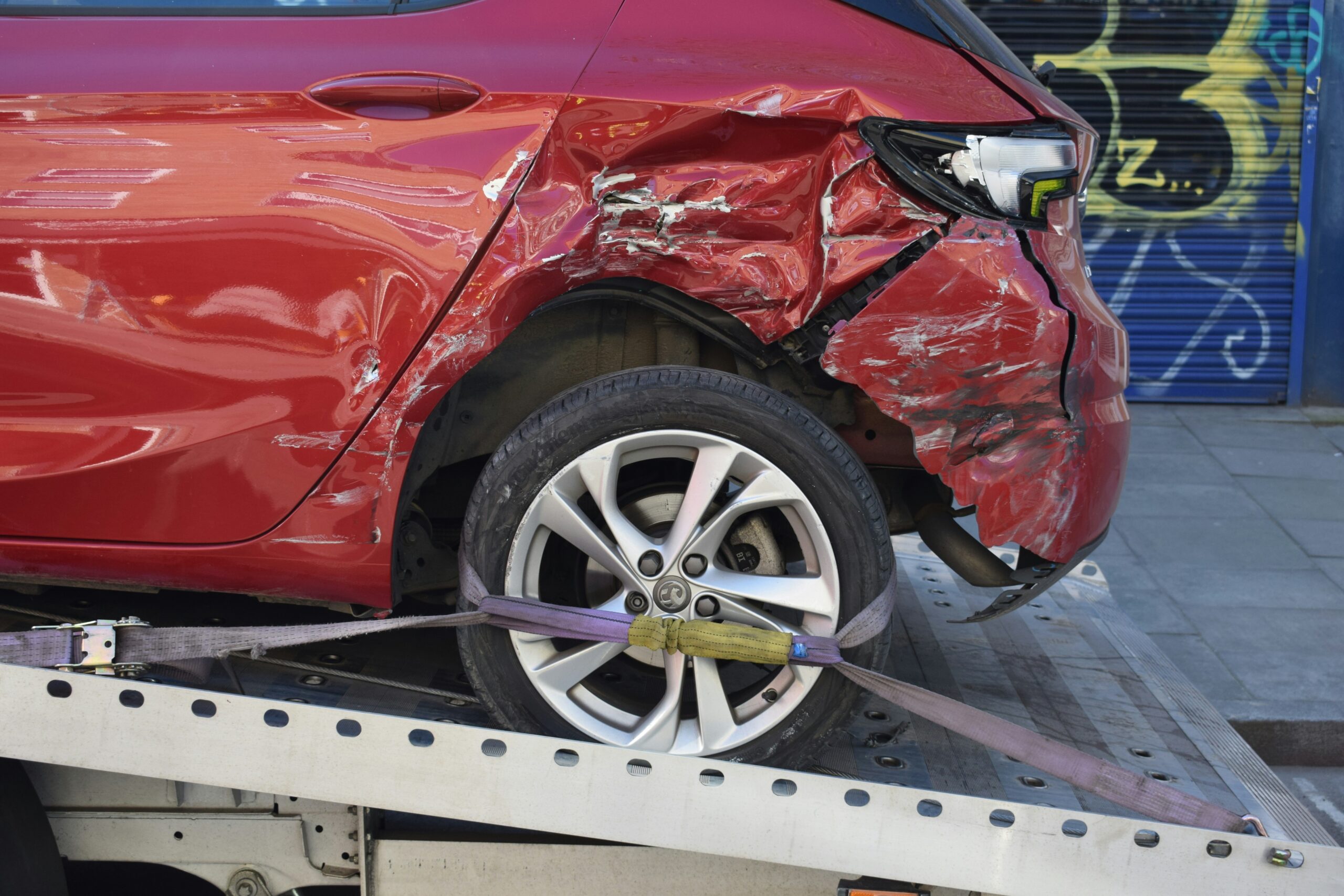Imagine buying a new car and totaling it a few months later. Full coverage insurance, which typically includes state-mandated liability insurance, plus collision and comprehensive coverage, will pay your lender the value of your car. However, if that value is lower than the balance on your loan or lease, you’ll have to pay the difference, even though you can’t drive the car anymore.
What is gap insurance?
This is where gap insurance can come in handy. Gap insurance, also known as guaranteed asset protection, is an optional type of insurance that pays your lender or leaseholder the difference between your car’s actual cash value (ACV) and your balance. ACV refers to the cost to replace your vehicle minus depreciation.
Gap coverage costs around $20 per year. It’s typically available only if you’re the original car owner and the car is three years old or newer. It isn’t usually an option for used vehicle purchases.
NEED TO KNOW:You’ll need to carry full coverage insurance to add gap coverage to your policy. Full coverage can cost a lot more than state-minimum liability insurance — but by shopping around and comparing car insurance quotes with Jerry, you can find an insurer that offers low rates to drivers who fit your profile.
Here’s an example of how gap insurance works
In the example above, your collision insurance pays your lender the value of your car ($24,000) at the time of the accident, minus your $1,000 insurance deductible — but there’s still $11,000 left on your loan.
If you don’t have gap insurance, you’ll have to pay the remaining amount out of pocket. If you do have gap insurance, your insurer will pay off your loan.
NEED TO KNOWWill gap insurance cover my deductible? Most gap policies do not provide deductible reimbursement. Check your policy details to be sure.
Is gap insurance worth it?
A gap insurance policy is likely a good idea if you have a new vehicle that’s leased or financed and currently owe more than it’s worth. This is a relatively common situation, especially if you made a low down payment, because new cars depreciate quickly, losing around 20% of their value in their first year.
You might also need gap coverage if your loan term is longer than 60 months. When you take out a longer loan, you make smaller monthly payments — which means your vehicle is more likely to depreciate faster than you’re paying it off.
Also consider gap insurance if you rolled over negative equity from your last car loan into your new loan. Gap insurance won’t cover that negative equity, but since your total loan amount will be bigger, your car may depreciate faster than you can pay off the loan.
You should buy gap insurance if:
- You lease a car (you may be required to).
- Your car loan term is five years (60 months) or longer.
- You made a small down payment (less than 20%).
- You rolled negative equity from your previous car loan into your new car loan.
- You have a model that depreciates faster than the average vehicle.
You probably don’t need gap insurance if:
- You don’t have a car loan or lease.
- Your car loan amount is less than the car’s value (or only slightly more).
- You can afford to pay the difference between the loan amount and the car’s cash value out of pocket.
- Your car is too old to qualify for gap coverage.
- You purchased a used car.
The bottom line: Because gap insurance is inexpensive, it will barely impact your car insurance rates, but the protection can be invaluable in the event of a total loss.
How much is gap insurance?
You can purchase gap insurance from an auto insurance company or through the dealership where you bought your vehicle. You may also be able to purchase it from the bank or credit union where you finance the car.
However, buying it from your car insurance company is generally the cheapest option. As mentioned, according to the Insurance Information Institute, gap insurance coverage costs around $20 per year on average through your insurer, and most drivers only need to keep gap insurance for one to two years.
In comparison, United Policyholders states that buying coverage through a lender typically costs a flat rate of $500-$700. Lenders may also add the premium cost to your overall loan, which means you’ll pay interest on your insurance fees.
Insurance companies that offer gap insurance
Although many major car insurance companies offer gap insurance, not all do. Some of the biggest providers in the country — including GEICO, State Farm, and USAA — don’t offer gap insurance.
Below is a list of some of the largest insurers in the nation that do offer gap insurance.
- Allstate
- American Family
- Auto-Owners Insurance
- Erie
- Farmers
- Liberty Mutual
- Nationwide
- Shelter
- Travelers
How long do you need gap insurance?
Gap insurance isn’t meant to last the entire length of your loan. Once you owe less than the car’s actual cash value, you can call your insurance provider and ask to remove gap coverage. You should also cancel gap insurance if you sell your vehicle.
If you cancel your gap insurance before your coverage period is over, you may be entitled to a refund of any unused premium.
Three alternatives to gap insurance
If you’re not sold on getting gap insurance but still want financial protection, you have a few options.
- New car replacement coverage: This is an optional add-on that gives you money for a new car of the same make and model — minus your deductible — rather than the actual cash value or depreciated value of your car if it’s totaled.
- Better car replacement coverage: This is similar to new car replacement coverage, but it pays you enough money to buy a newer model of your totaled vehicle. Few insurance providers offer this add-on, but it’s worth considering if you own your car and want an upgrade from your current model.
- Loan/lease payoff coverage: Loan/lease payoff coverage is similar to gap insurance. However, the payout amount may be capped to a percentage of your vehicle’s ACV.

Kayda Norman is an insurance writer and editor with more than 12 years of content experience. She previously worked at NerdWallet as an insurance writer and content management specialist. She has covered a wide range of insurance topics such as high-risk drivers, auto insurance rate factors, and credit-based insurance scores. Her work has been featured in The New York Times, The Washington Post, and USA Today.

Alice Holbrook is an editor with more than a decade of experience covering personal finance, including car insurance. She\\\’s passionate about creating easy-to-understand content that demystifies intimidating topics for readers. Previously, she worked for NerdWallet, and her work has been featured by Newsweek, The Washington Post and the Associated Press, among others.








